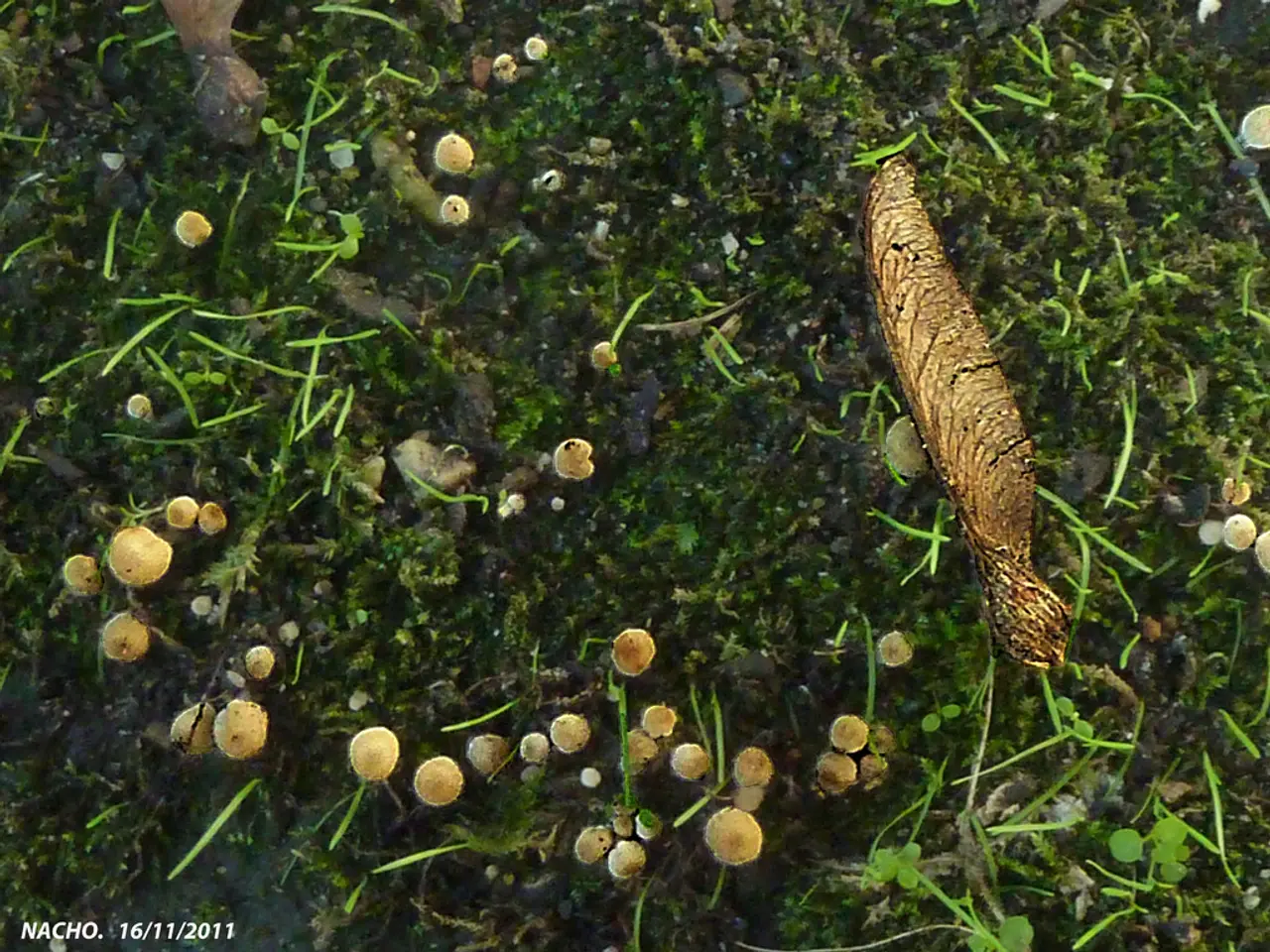Comprehensive overview of Cedar of Lebanon trees
The Cedar of Lebanon, a symbol of strength and resilience, is under threat from deforestation and the effects of climate change. This large, evergreen conifer originates from Lebanon, Turkey, and western Syria and is treated horticulturally as a single species with several regional forms and selected cultivars.
The Lebanon (typical) form, often called Cedrus libani var. libani or the “Lebanon cedar,” is the most common variety. It grows large and broadly pyramidal when young, developing a flat-topped, massively horizontal-branched crown with age. Its needles are dark blue-green to grey-green, and it can reach heights of 20–35m in good sites, with older specimens exceeding this.
The Taurus (Turkish) form, sometimes listed as Cedrus libani var. brevifolia (or treated as a regional race), is generally more compact than the Lebanon form, with denser branching and often better tolerance of colder, wetter conditions. It typically grows to somewhat less than the Lebanon form, with mature heights of 15–25m depending on site and selection.
The Cyprus form is smaller and sometimes described as intermediate between Lebanon and Taurus forms. It is used where a more compact specimen is wanted, and specific growth rates and mature sizes vary by source and cultivar.
Weeping and ornamental cultivars, such as the Beacon Hill or weeping Cedar of Lebanon, are trained or grafted to produce pendulous crowns. These maintain the species’ needle and cone characteristics but are chosen for their dramatic, cascading habit and are usually slower growing than the species’ standard forms.
Dwarf, slow-growing, and grafted landscape cultivars are nursery selections marketed as dwarf or compact for smaller gardens. These maintain cedar foliage but remain much smaller, often under 6m for many dwarf selections, with slower annual height gain than the species forms.
Growth rate, site, and cultural notes
The Cedar of Lebanon is generally a moderate to moderately fast grower when young, slowing with age as the tree develops wide horizontal branching and a broad crown. It prefers full sun and well-drained soils, tolerates alkaline soils, and develops best with open space. Specimens can be trained (especially weeping forms), but they need long-term space for mature spread.
The Cedar of Lebanon is suitable for temperate climates with hot, dry summers and cool, wet winters. Hardiness is often quoted for landscape selections in USDA zones roughly 6–8, with some variability by cultivar and local microclimate. Taurus/compact selections can be somewhat more cold-tolerant than the classic Lebanon form.
Evergreen trees, including the Cedar of Lebanon, can provide good habitats for nesting birds and offer places for bats to roost and tawny owls to nest. However, they can attract conifer aphids.
When planting Cedar of Lebanon trees, it is essential to choose a suitable location. They should be planted between autumn and early spring, in full sun, well away from any houses or other structures, in a spot that will give them room to develop over the decades.
Cedar of Lebanon bonsai trees should be fed with liquid fertiliser during the growing period and watered but not overwatered.
In the Bible, the Cedar of Lebanon has spiritual meaning, with the Hebrew word for cedar meaning 'firm'. The Cedar of Lebanon can grow up to 35m in height and 25m in spread.
In conclusion, the Cedar of Lebanon is a majestic tree with a rich history and a significant role in both horticulture and spirituality. By understanding its growth characteristics, cultural needs, and potential limitations, you can help ensure the survival and continued enjoyment of this national symbol of Lebanon.
The Cedar of Lebanon, with its majestic pyramidal structure and durability, is a popular choice for home-and-garden enthusiasts, particularly in the home-and-garden segment that appreciates trees with a strong and long-standing presence, such as the 'lifestyle' segment. The Cyprus form, known for its compact size and adaptability, is ideal for gardens with limited space, making it a valuable addition to the home-and-garden sector. Furthermore, various weeping and ornamental cultivars, like the Beacon Hill or weeping Cedar of Lebanon, are popular choices in gardening, showcasing the species' ornamental characteristics while maintaining its needles and cone characteristics.




